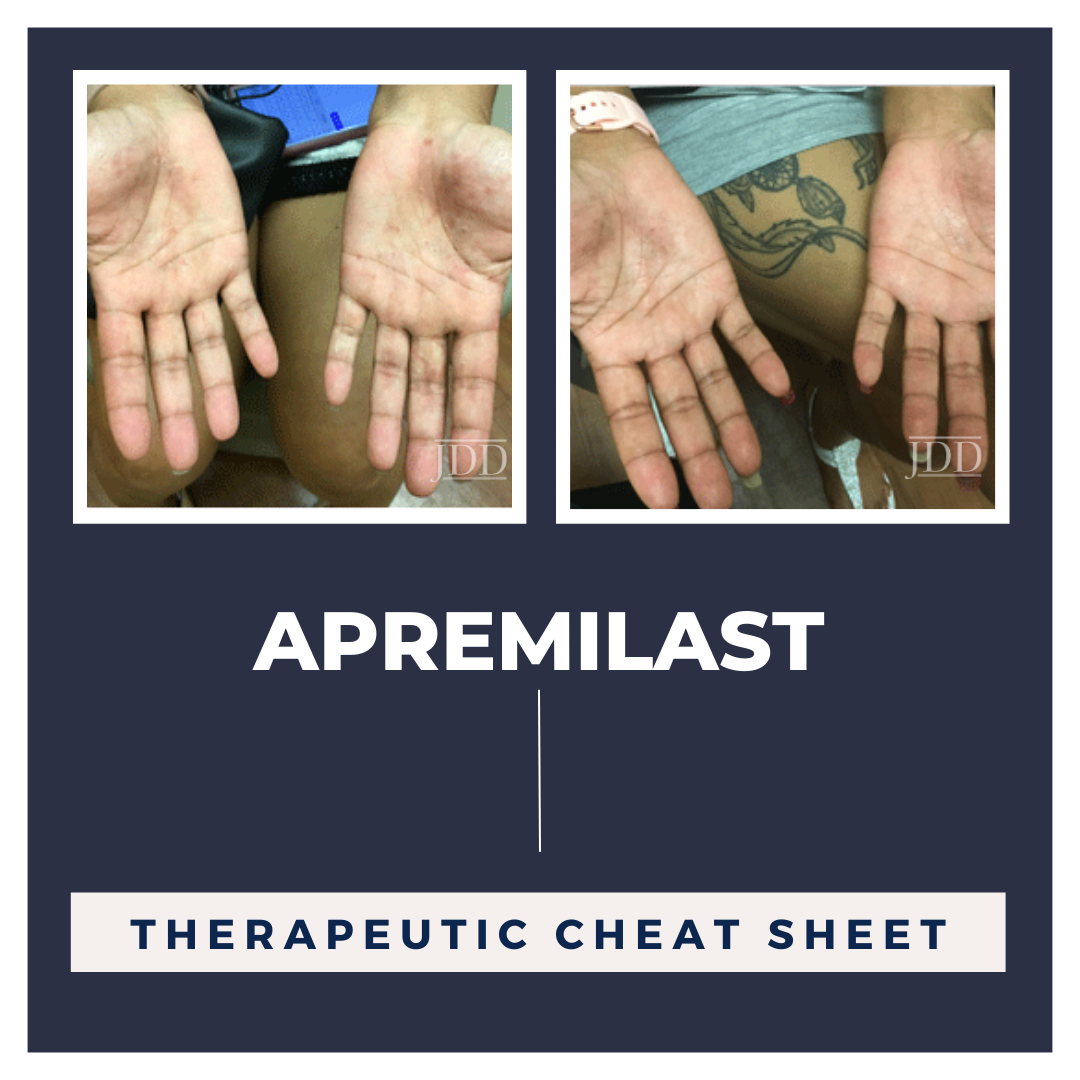What Every Aesthetic Dermatologist Should Know About Neck Anatomy
 Next Steps in Derm, in partnership with ODAC Dermatology, Aesthetic & Surgical Conference, interviewed Dr. Robyn Siperstein, an expert cosmetic dermatologist in Boca Raton and Boynton Beach, Fla. Knowing neck anatomy is vital not just for improved outcomes, but also for safety. Watch as Dr. Siperstein shares what you should know about neck anatomy and how that should influence your treatment …
Next Steps in Derm, in partnership with ODAC Dermatology, Aesthetic & Surgical Conference, interviewed Dr. Robyn Siperstein, an expert cosmetic dermatologist in Boca Raton and Boynton Beach, Fla. Knowing neck anatomy is vital not just for improved outcomes, but also for safety. Watch as Dr. Siperstein shares what you should know about neck anatomy and how that should influence your treatment …
 Next Steps in Derm, in partnership with ODAC Dermatology, Aesthetic & Surgical Conference, interviewed Dr. Robyn Siperstein, an expert cosmetic dermatologist in Boca Raton and Boynton Beach, Fla. Knowing neck anatomy is vital not just for improved outcomes, but also for safety. Watch as Dr. Siperstein shares what you should know about neck anatomy and how that should influence your treatment …
Next Steps in Derm, in partnership with ODAC Dermatology, Aesthetic & Surgical Conference, interviewed Dr. Robyn Siperstein, an expert cosmetic dermatologist in Boca Raton and Boynton Beach, Fla. Knowing neck anatomy is vital not just for improved outcomes, but also for safety. Watch as Dr. Siperstein shares what you should know about neck anatomy and how that should influence your treatment … Continue reading "What Every Aesthetic Dermatologist Should Know About Neck Anatomy"


 Dermatologic side effects are among the most frequent unexpected side effects of cancer treatments.1,2 Targeted therapies are associated with a lower incidence of systemic adverse events, but a higher incidence of dermatological AEs - including acneiform rash and pruritus.3
Skin toxicities can have a dramatic negative impact on QOL and overall success of treatment therapies.3
Skin toxicities oft …
Dermatologic side effects are among the most frequent unexpected side effects of cancer treatments.1,2 Targeted therapies are associated with a lower incidence of systemic adverse events, but a higher incidence of dermatological AEs - including acneiform rash and pruritus.3
Skin toxicities can have a dramatic negative impact on QOL and overall success of treatment therapies.3
Skin toxicities oft …  Next Steps in Derm, in partnership with ODAC Dermatology, Aesthetic & Surgical Conference, interviewed Dr. Kalyani Marathe, director of the dermatology division at Cincinnati Children’s Hospital. Dr. Marathe shares serious pediatric skin issues including infections, drug reactions and congenital conditions. Watch and learn how to recognize and treat these serious issues, and how to know whe …
Next Steps in Derm, in partnership with ODAC Dermatology, Aesthetic & Surgical Conference, interviewed Dr. Kalyani Marathe, director of the dermatology division at Cincinnati Children’s Hospital. Dr. Marathe shares serious pediatric skin issues including infections, drug reactions and congenital conditions. Watch and learn how to recognize and treat these serious issues, and how to know whe …  Apremilast (OTEZLA®) is a twice daily oral medication that is FDA approved for adults with plaque psoriasis, psoriatic arthritis and oral ulcers associated with Behçet’s Disease.1 This drug is being extended as an off-label treatment to target inflammation in a number of different conditions. This Therapeutic Cheat Sheet will focus on apremilast and its applications for different dermatologica …
Apremilast (OTEZLA®) is a twice daily oral medication that is FDA approved for adults with plaque psoriasis, psoriatic arthritis and oral ulcers associated with Behçet’s Disease.1 This drug is being extended as an off-label treatment to target inflammation in a number of different conditions. This Therapeutic Cheat Sheet will focus on apremilast and its applications for different dermatologica …  Next Steps in Derm, in partnership with Skin of Color Update, interviewed Dr. Heather Woolery-Lloyd, director of the Skin of Color Division for the University of Miami Department of Dermatology. There’s more to pigmentary disorders than melasma and vitiligo. Watch as Dr. Woolery-Lloyd outlines disorders of hyperpigmentation and hypopigmentation. Learn why time matters in treating lichen planus …
Next Steps in Derm, in partnership with Skin of Color Update, interviewed Dr. Heather Woolery-Lloyd, director of the Skin of Color Division for the University of Miami Department of Dermatology. There’s more to pigmentary disorders than melasma and vitiligo. Watch as Dr. Woolery-Lloyd outlines disorders of hyperpigmentation and hypopigmentation. Learn why time matters in treating lichen planus …